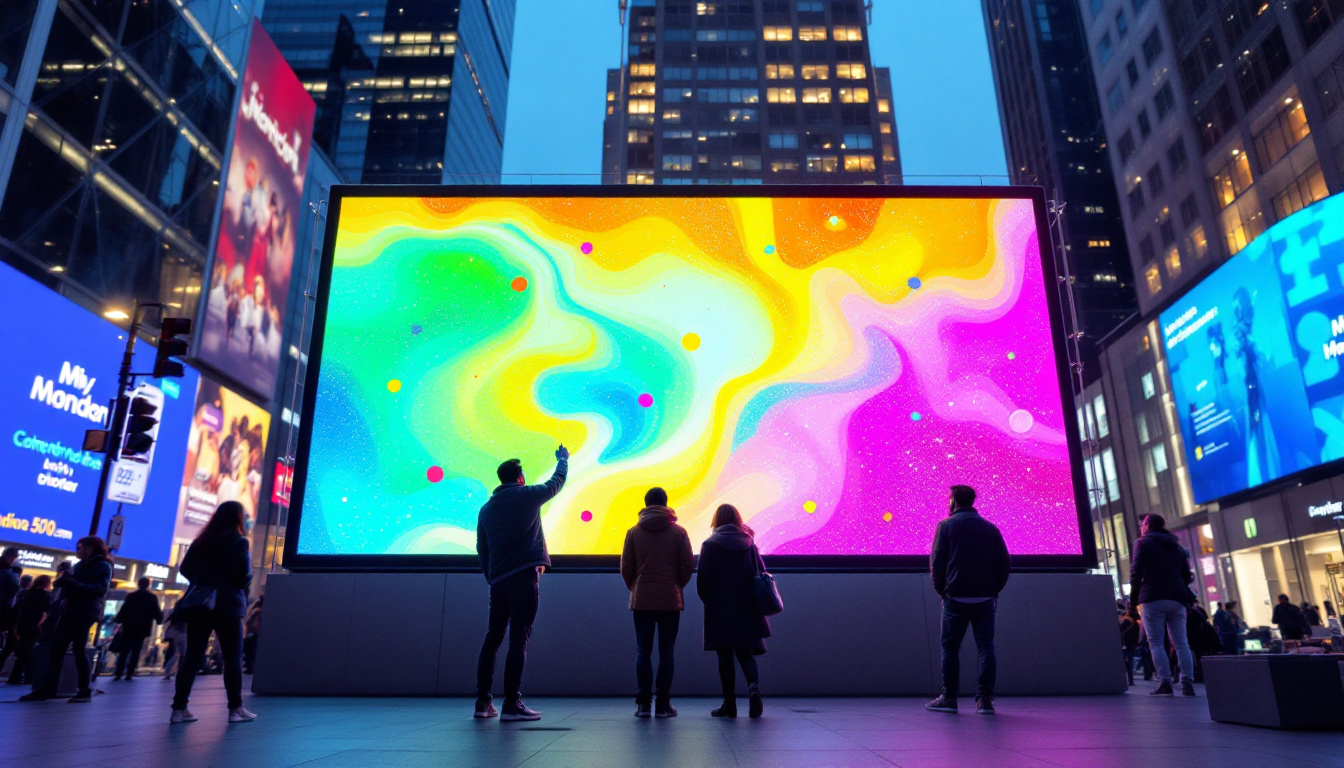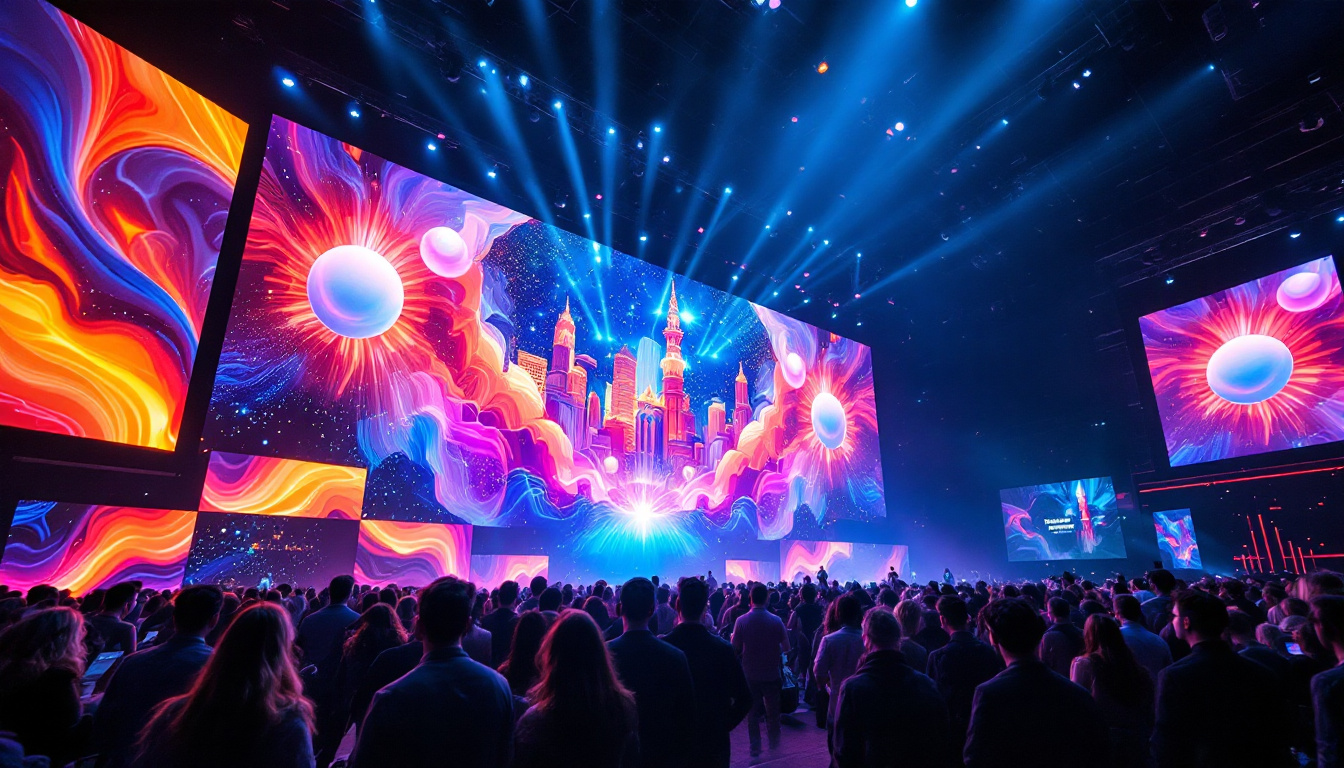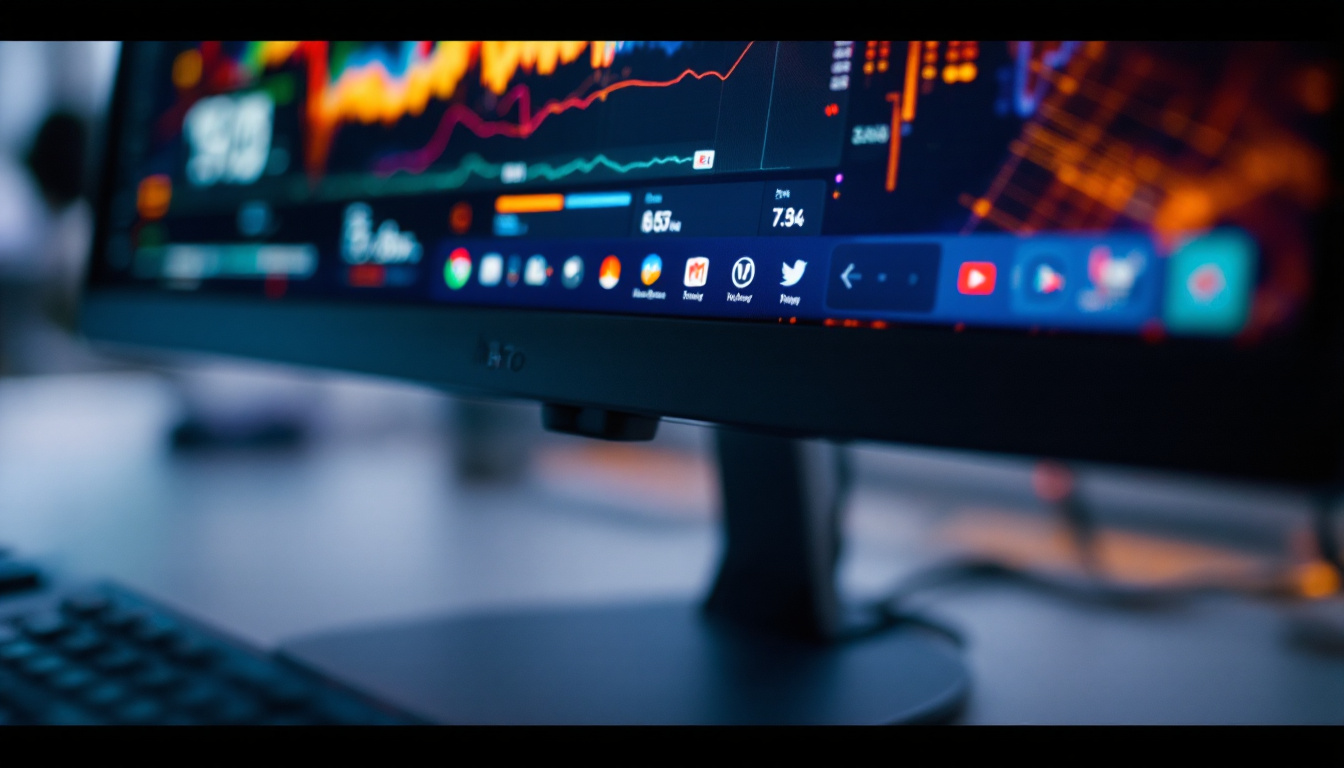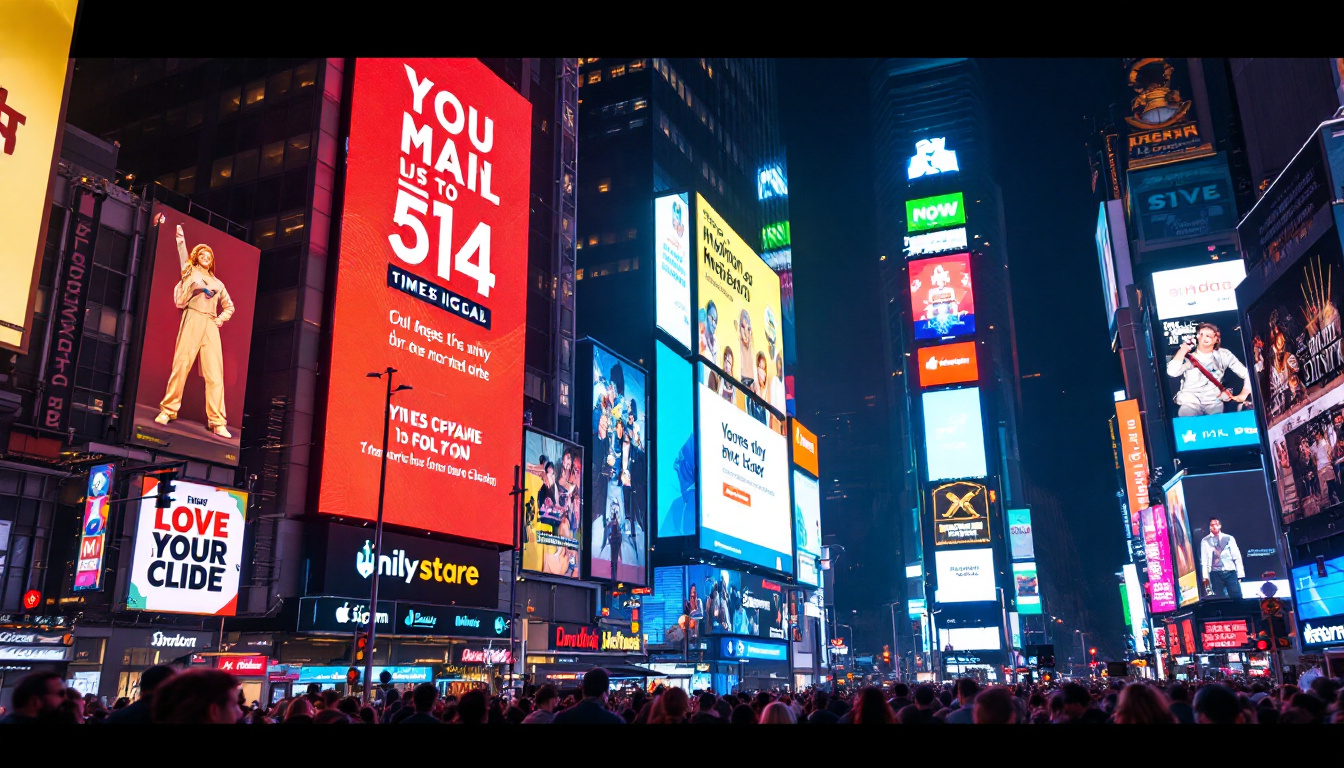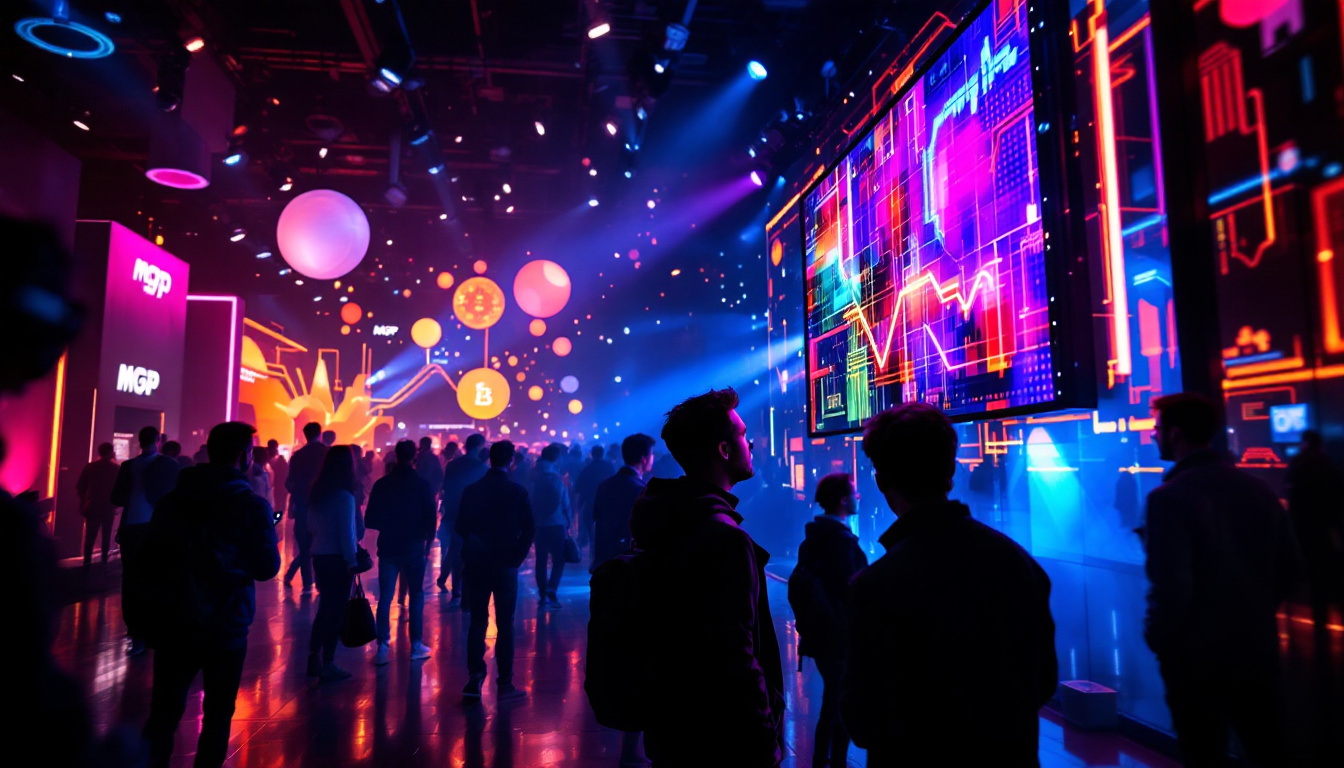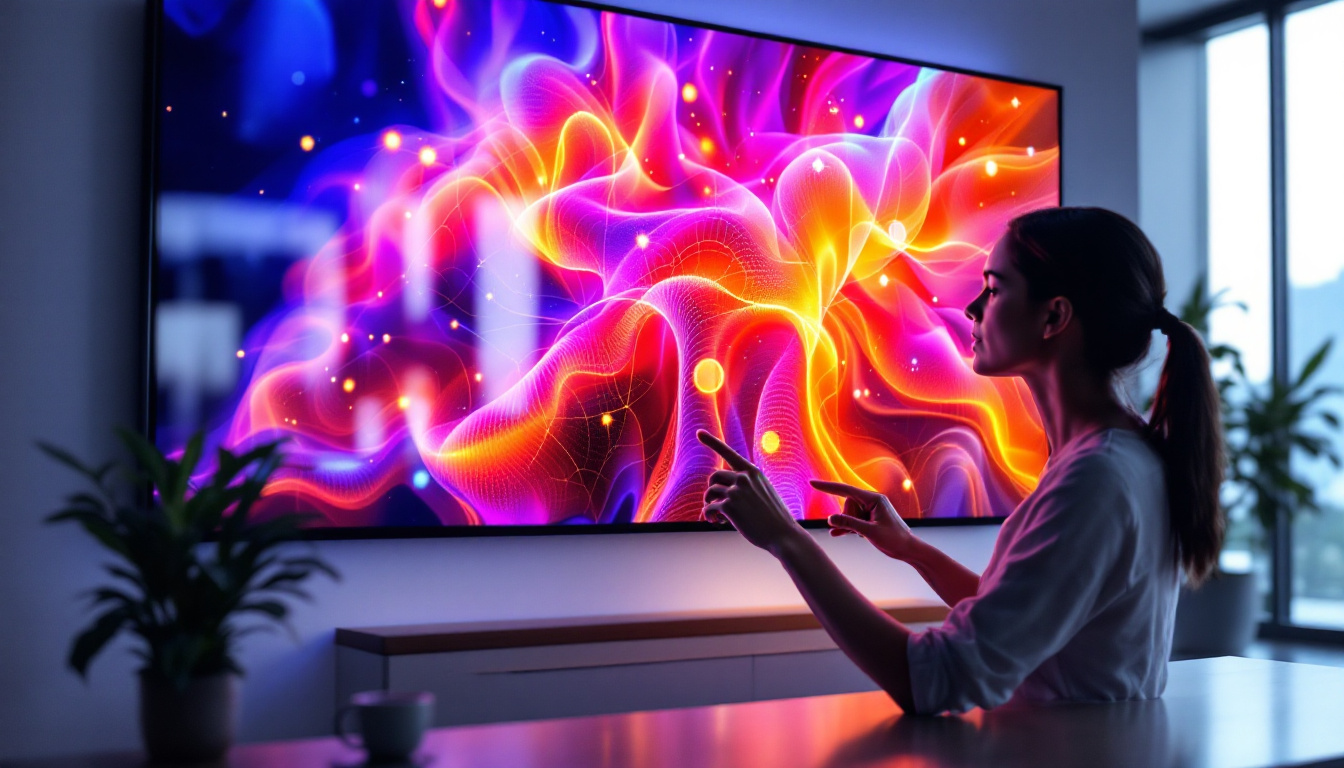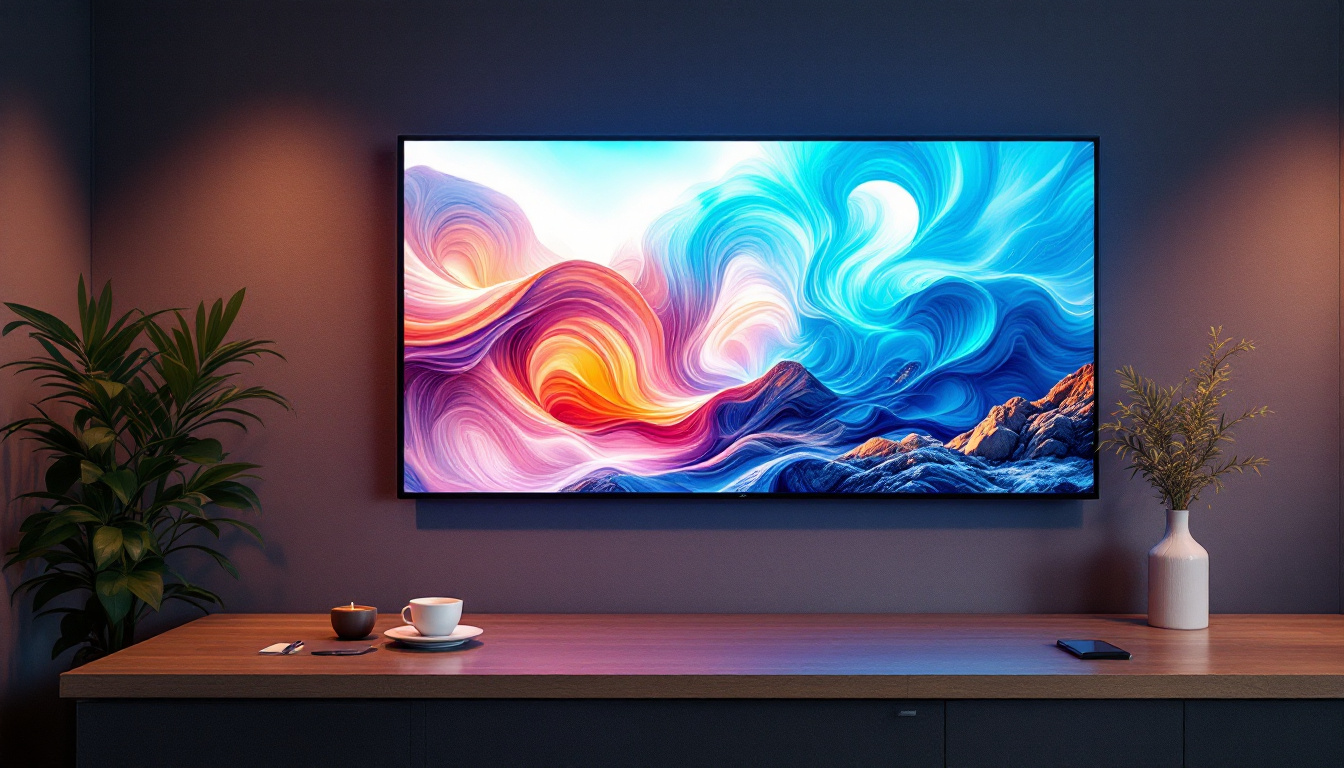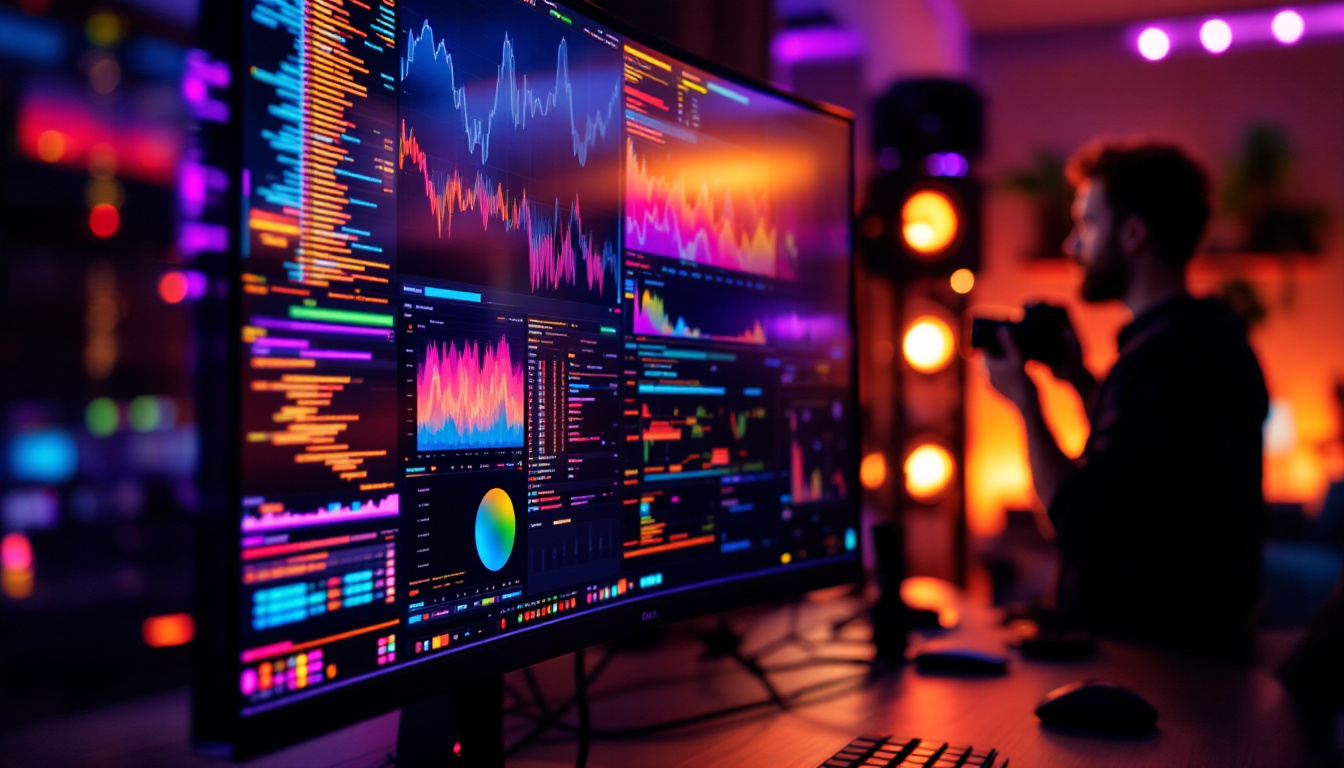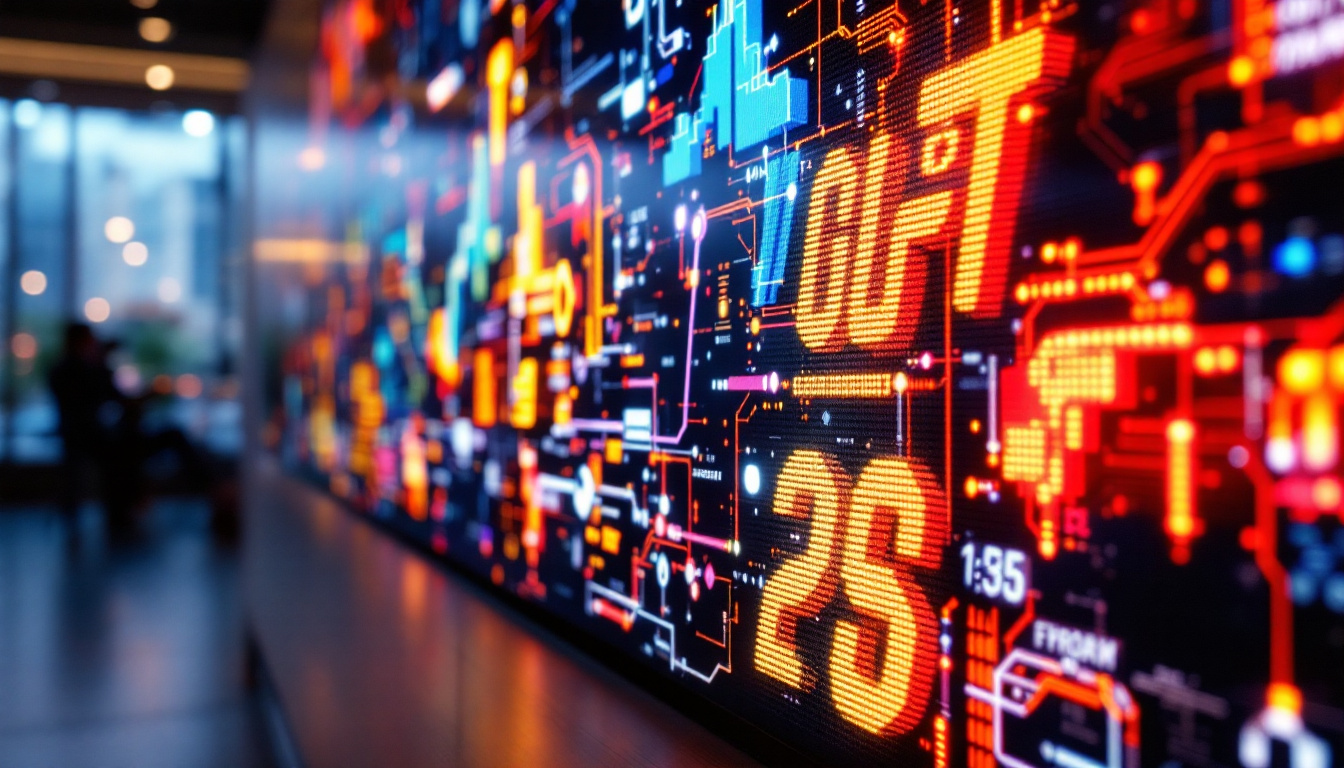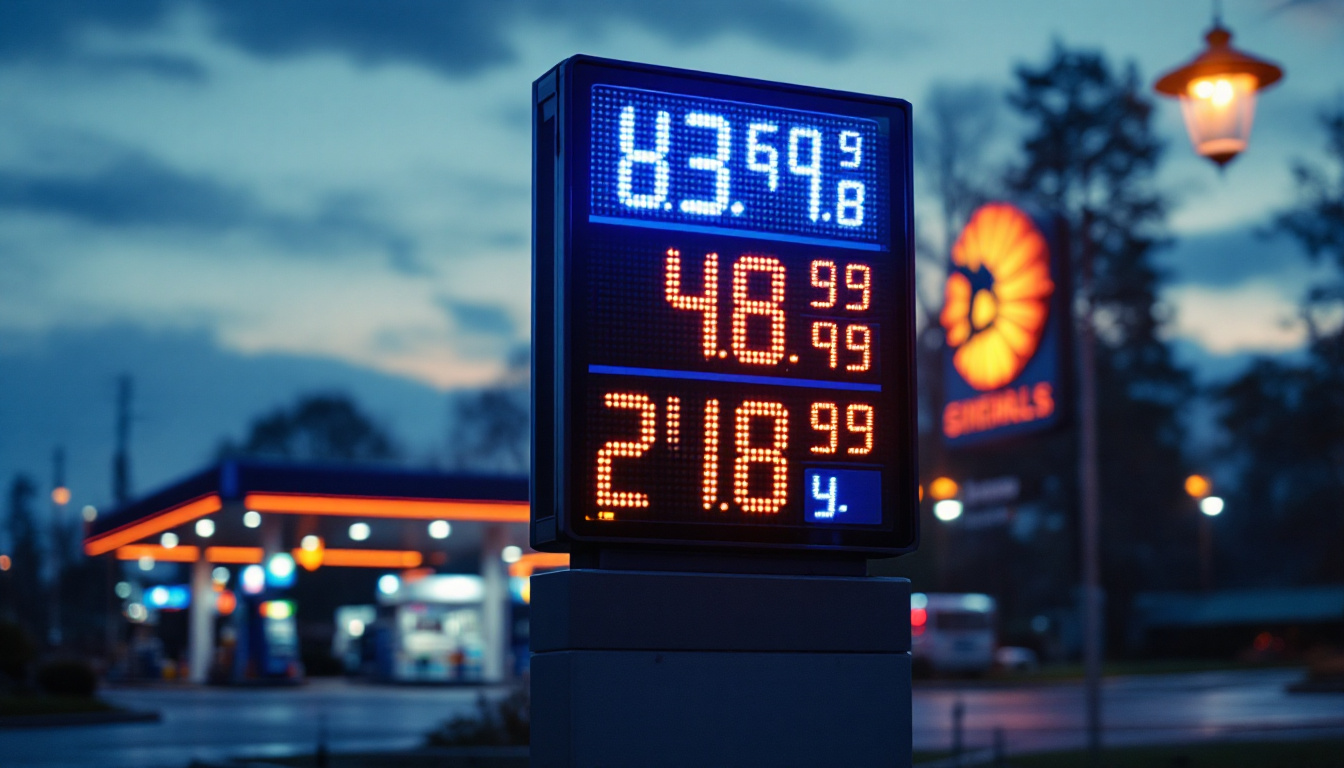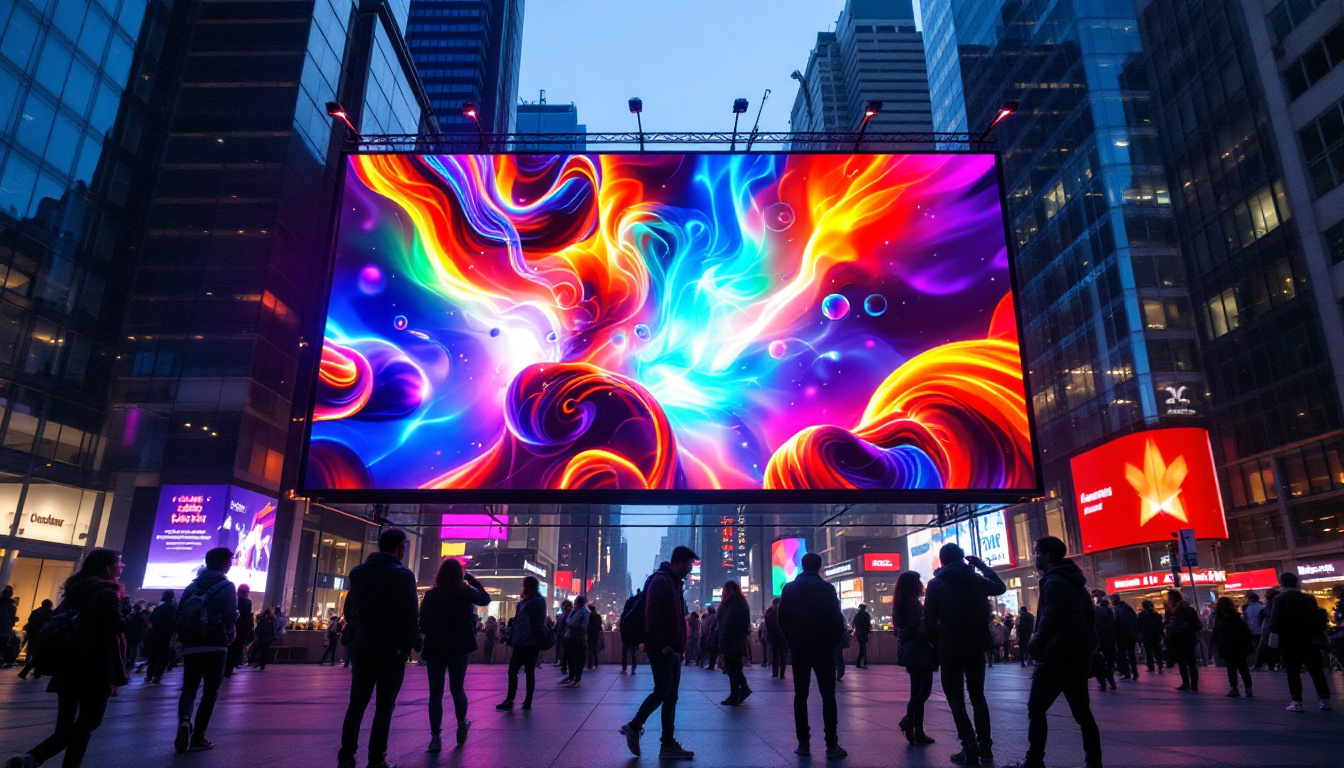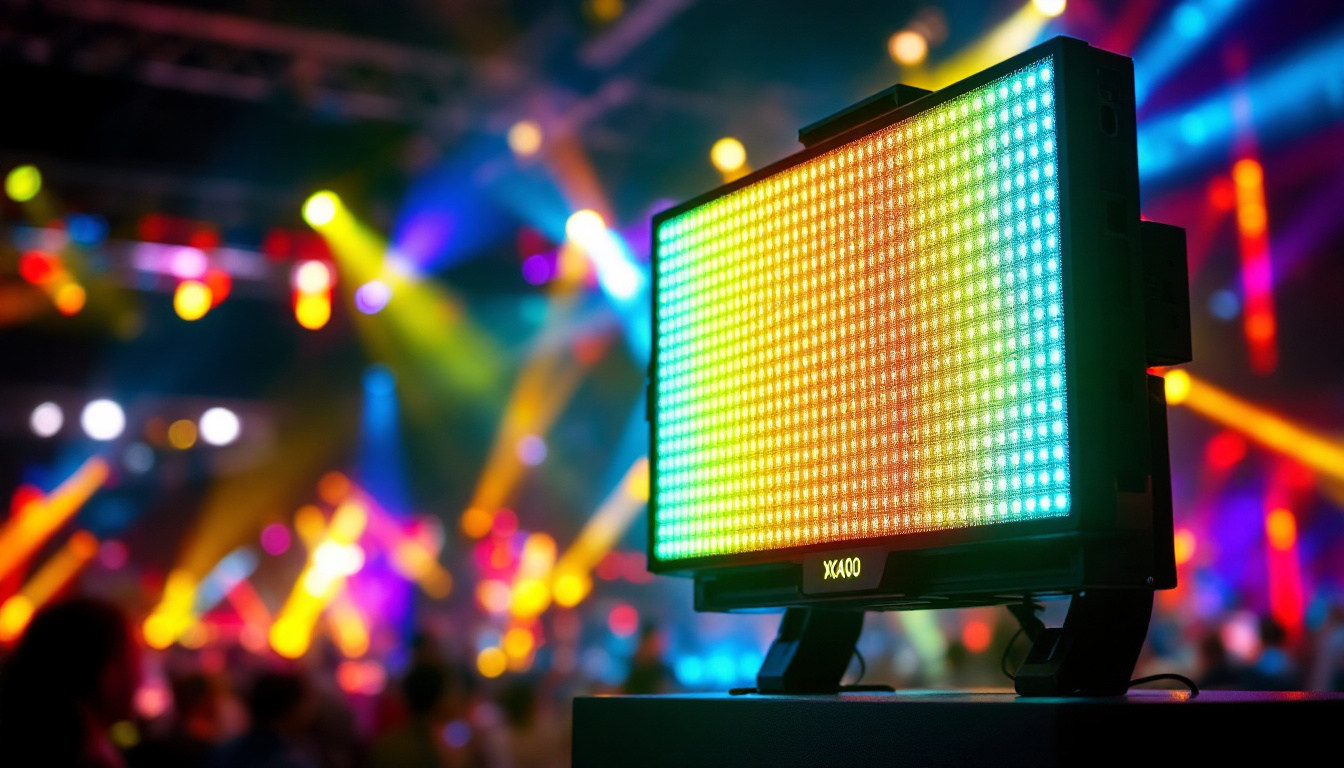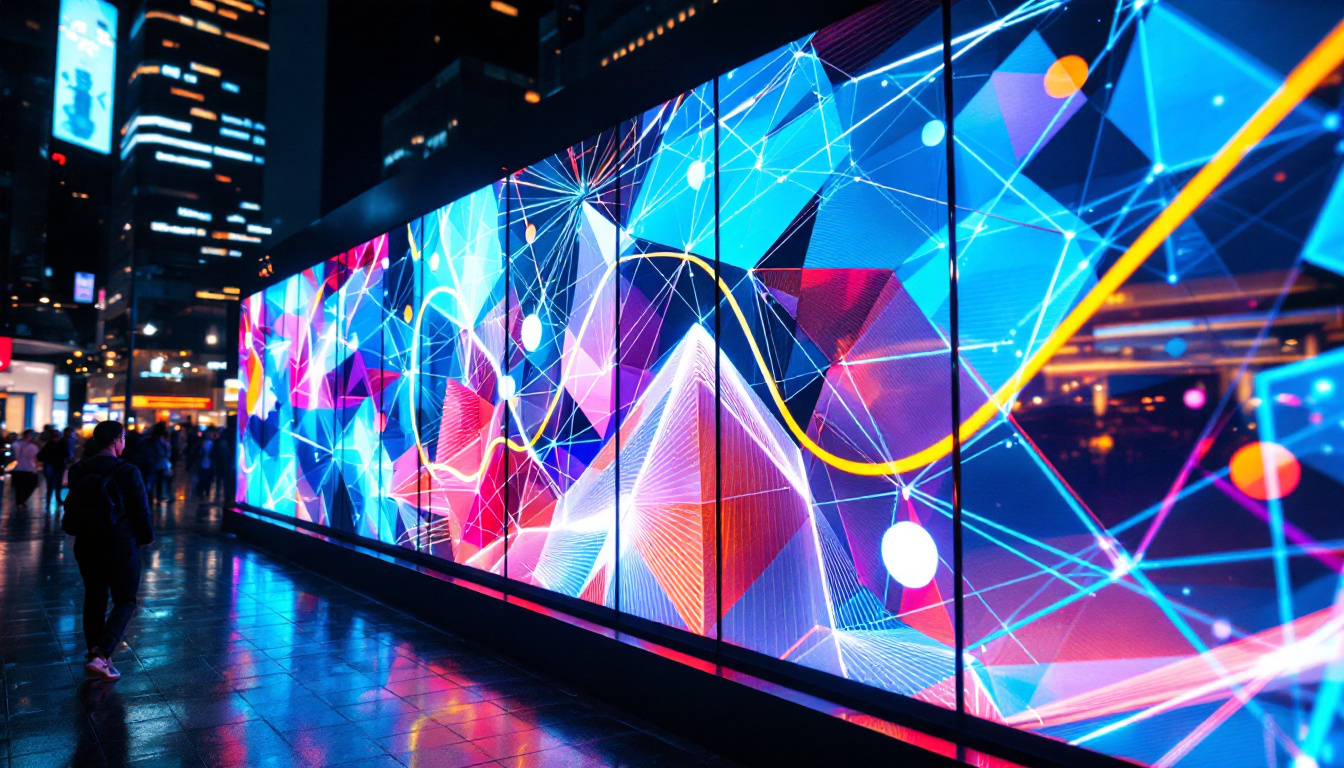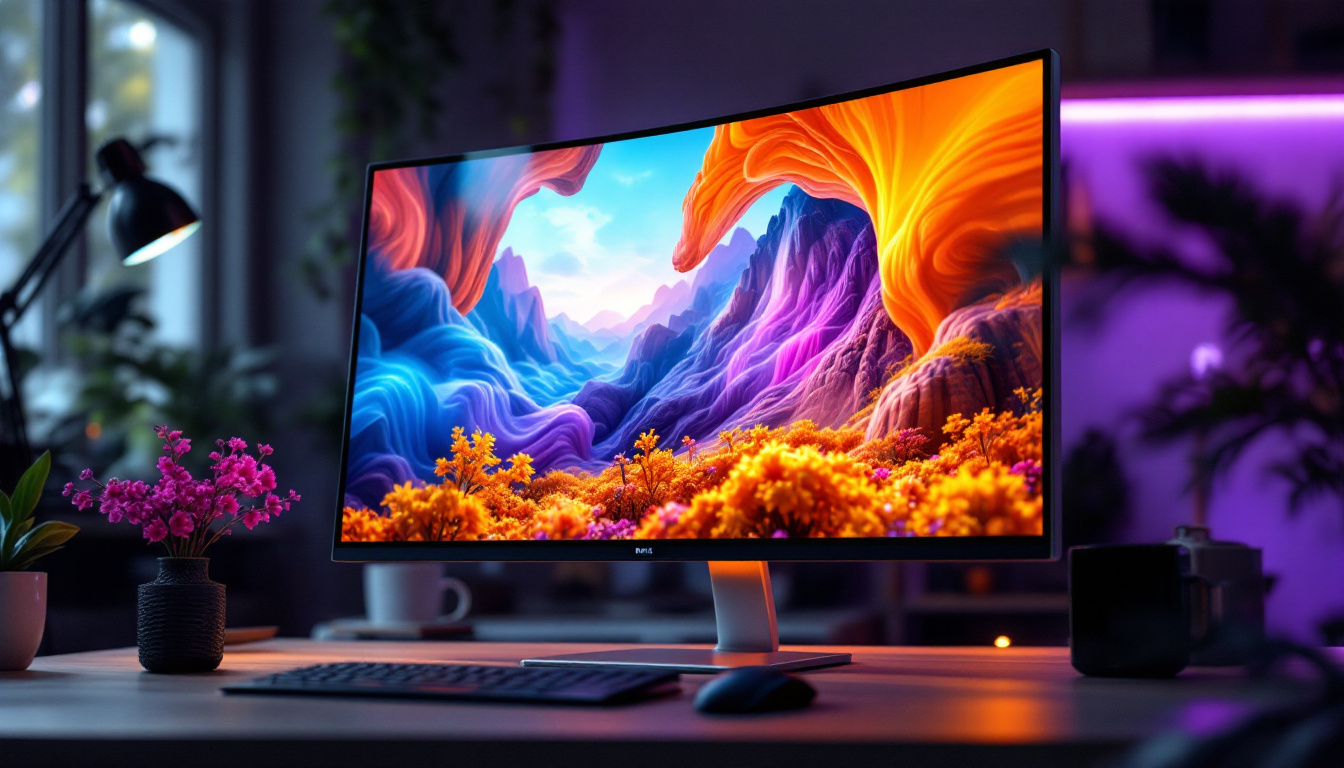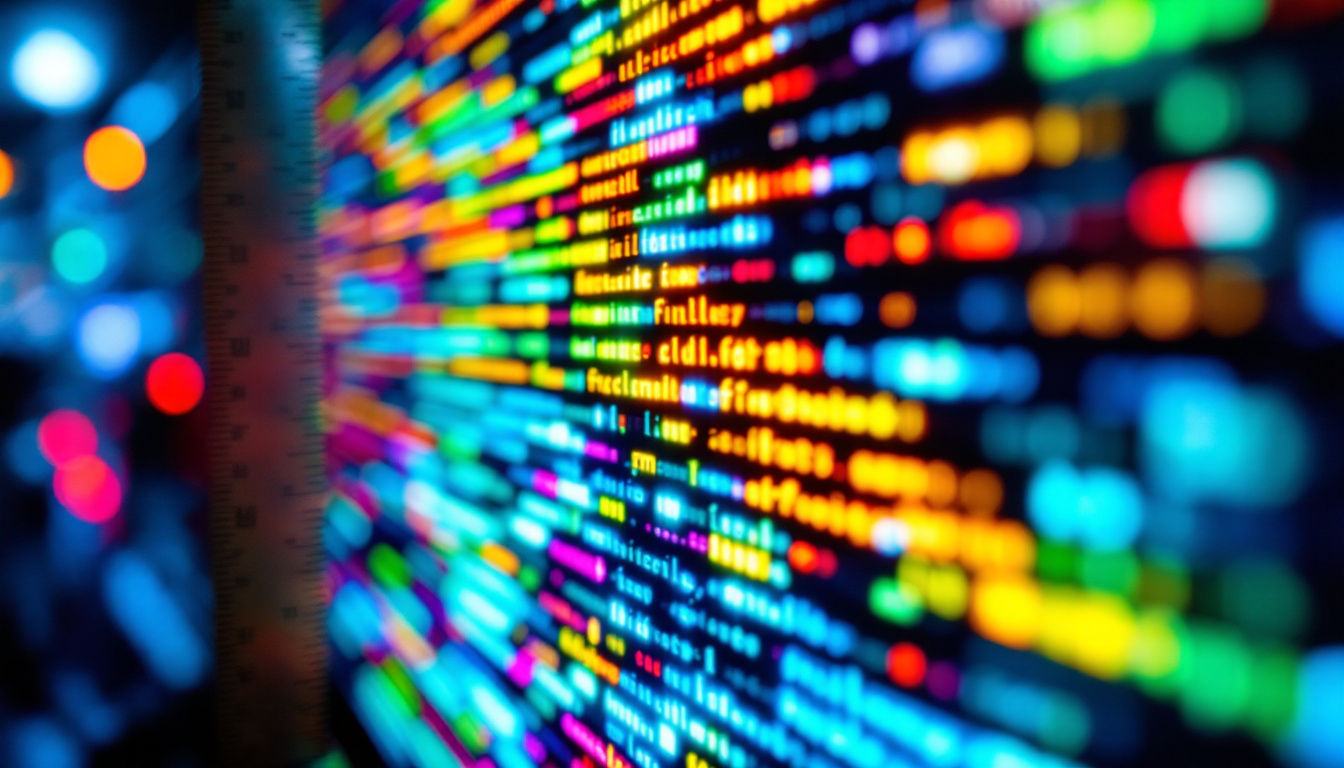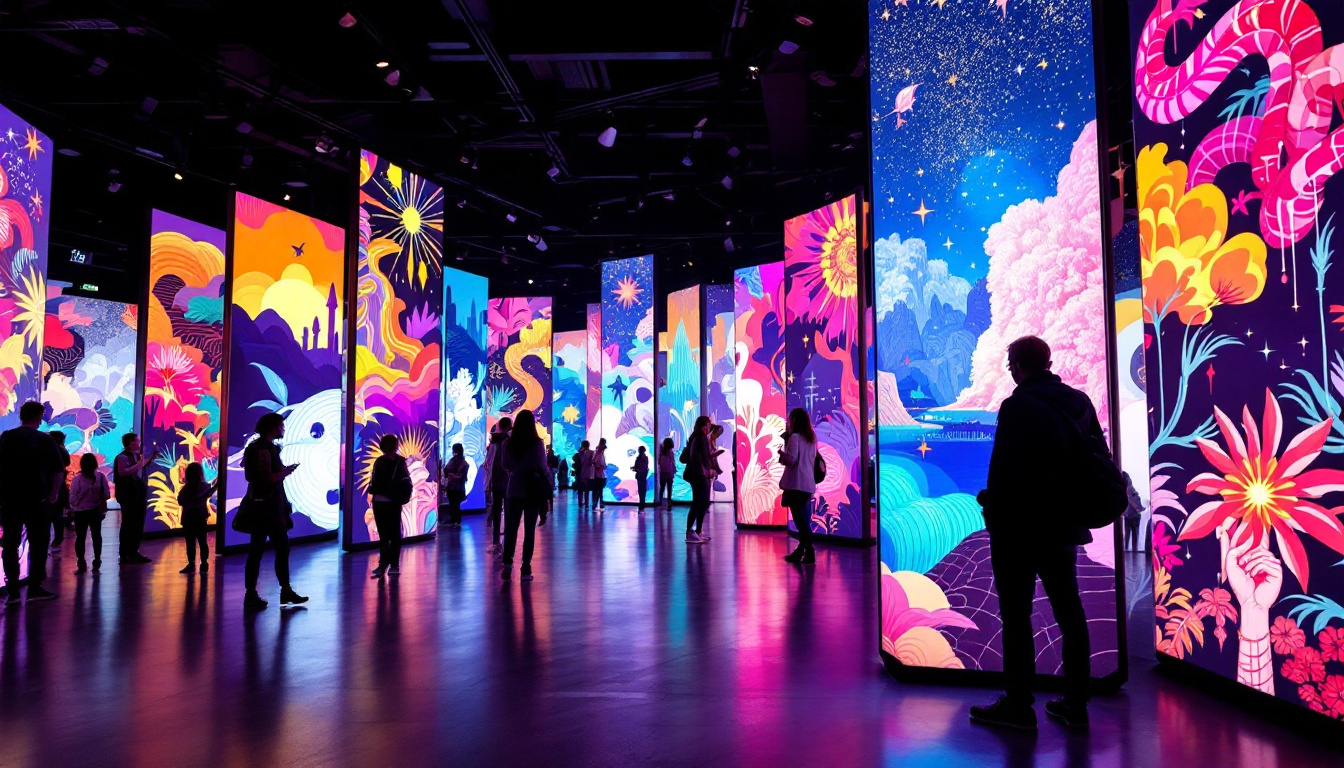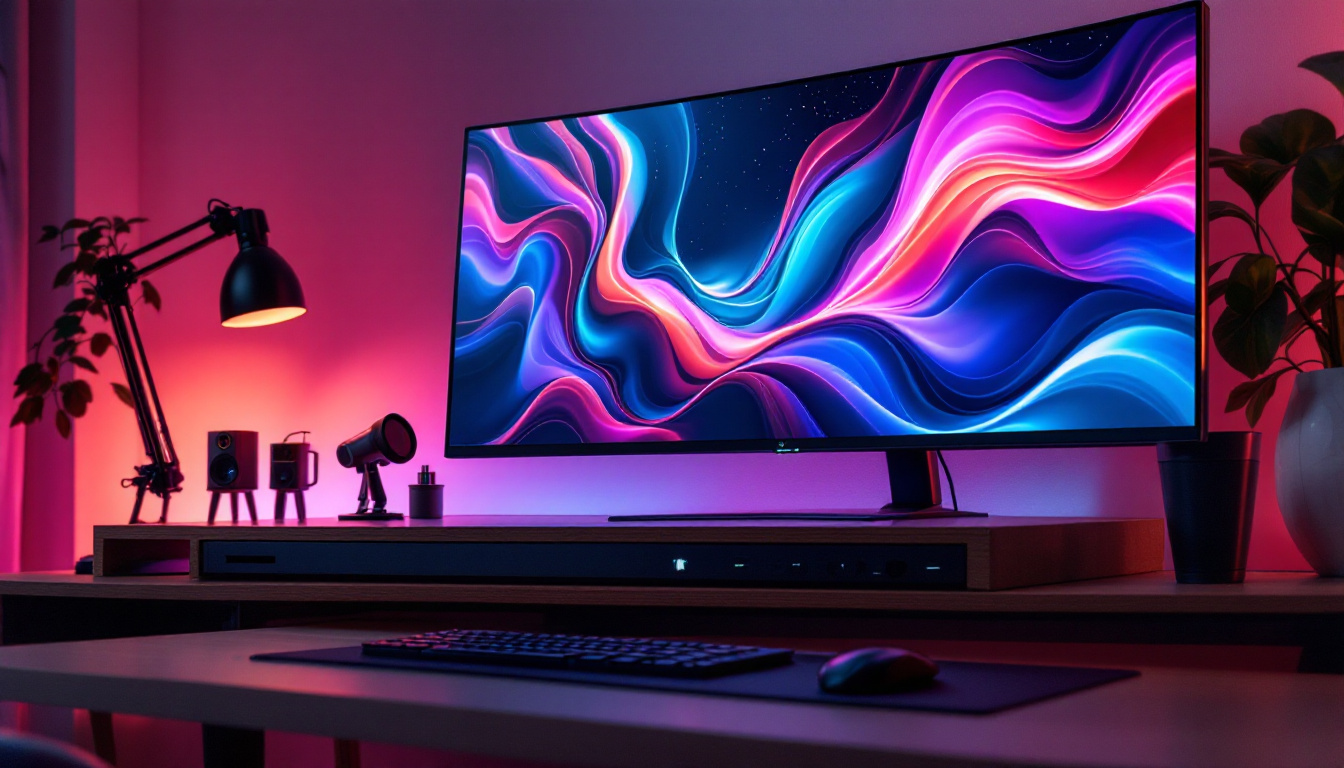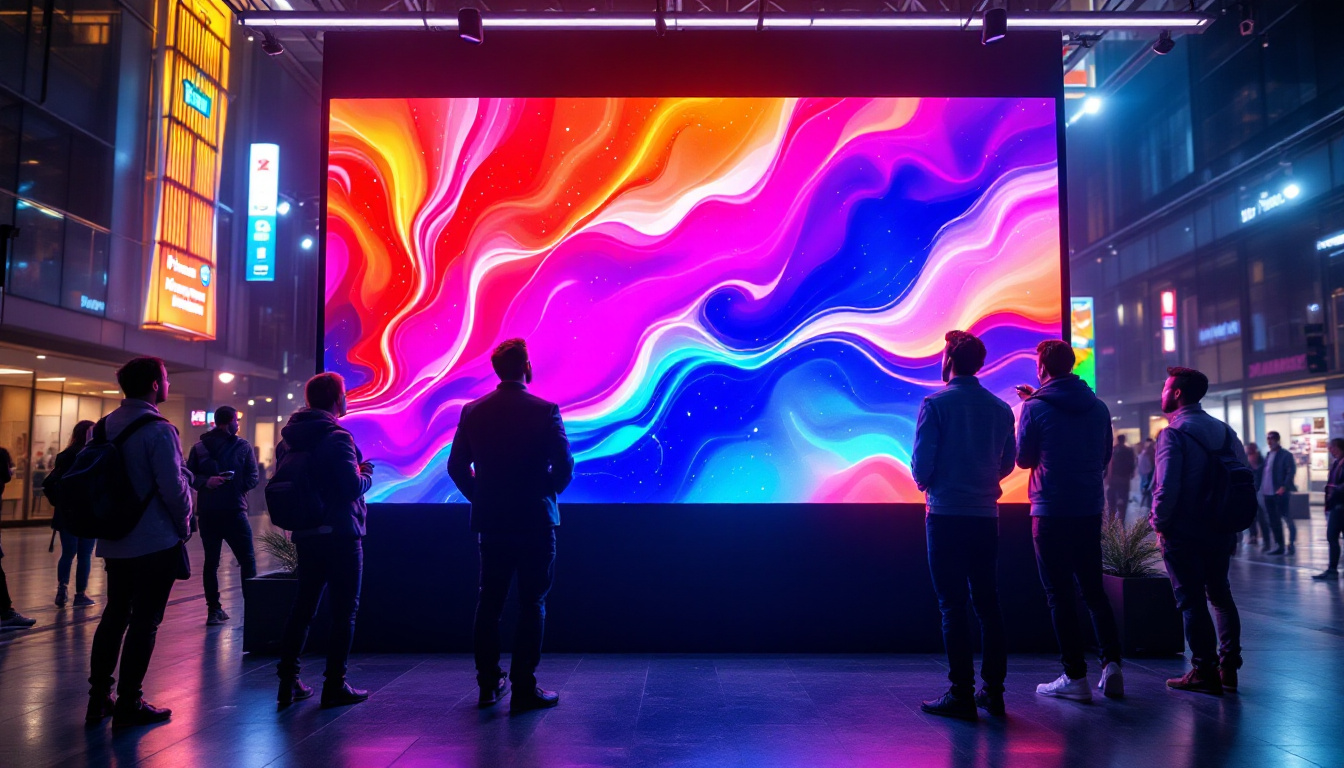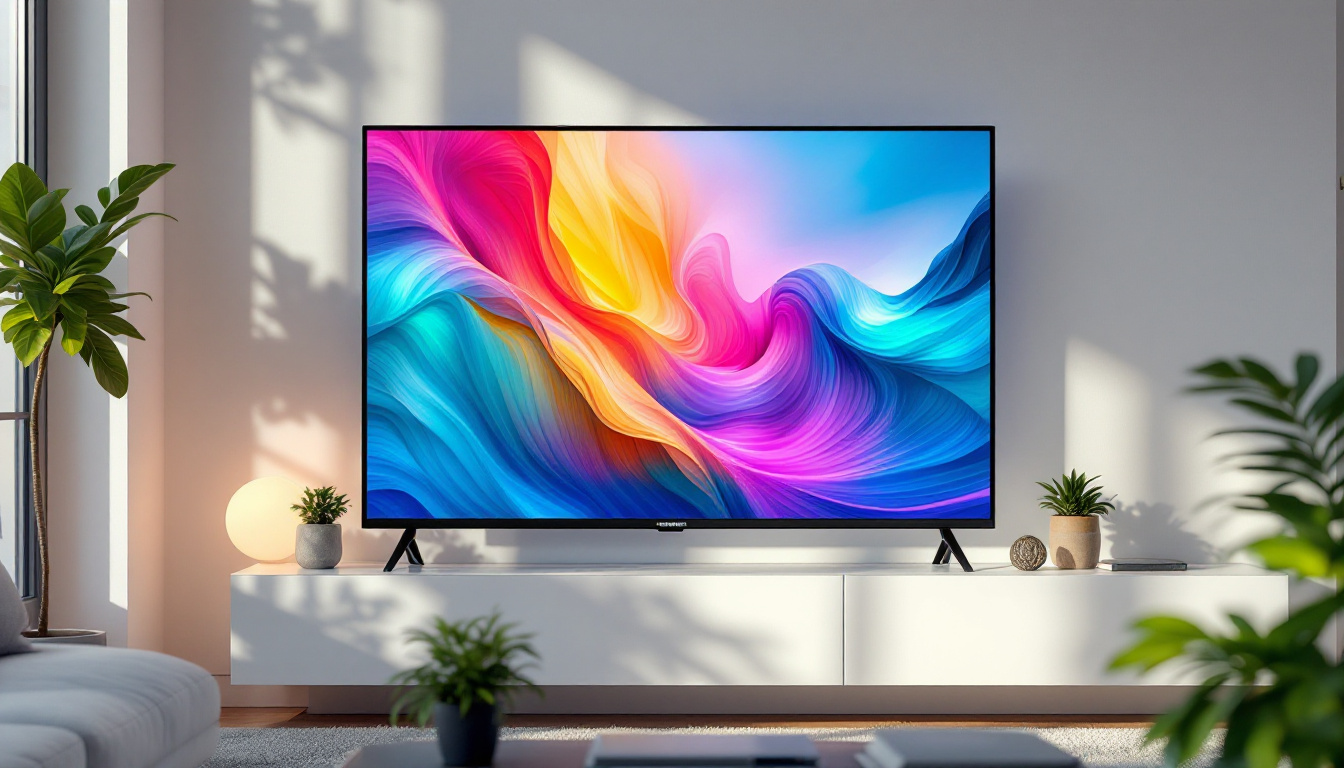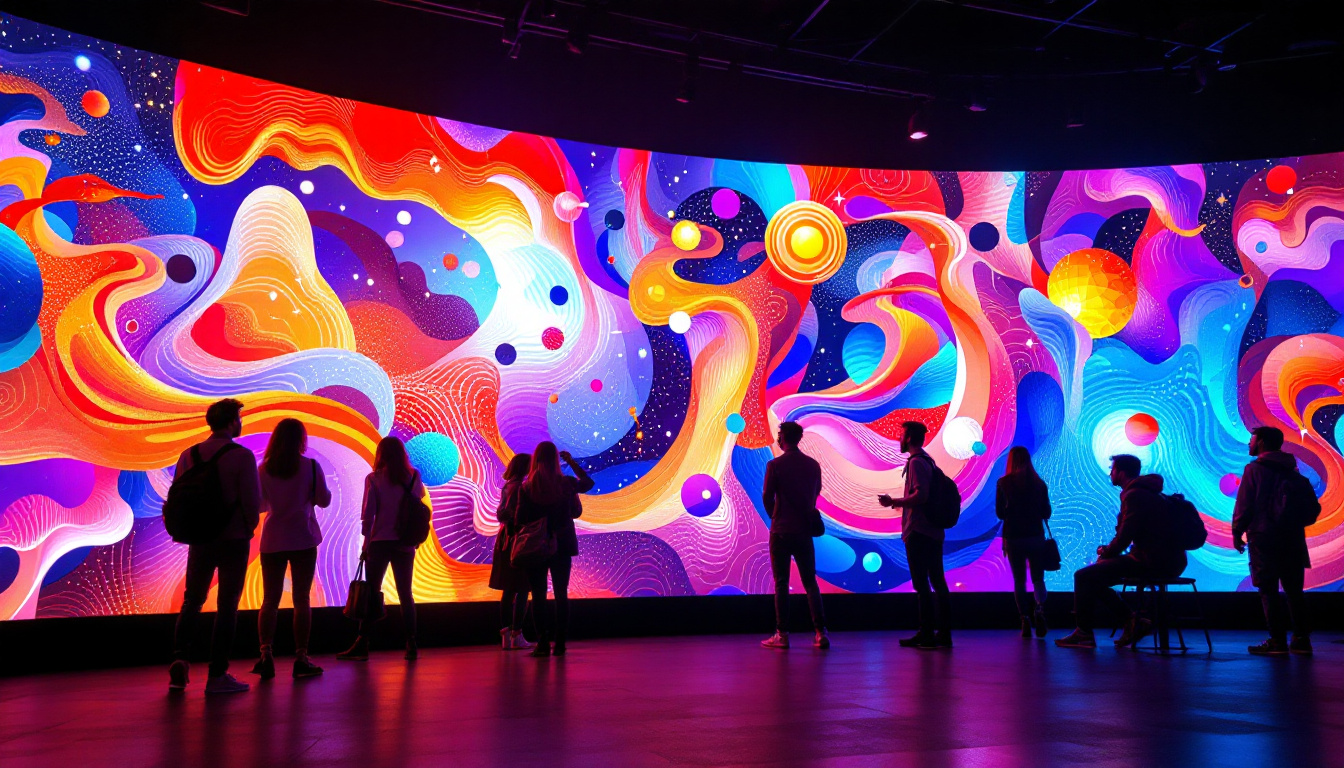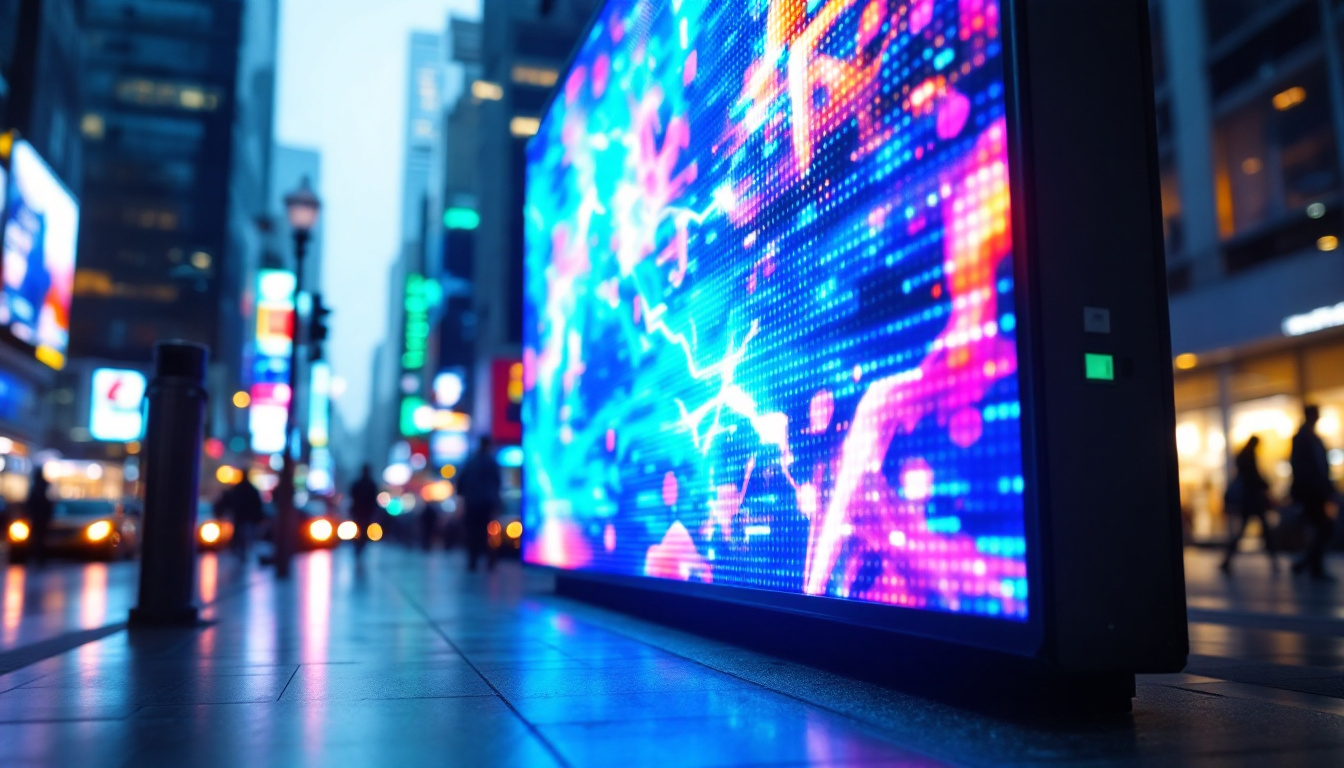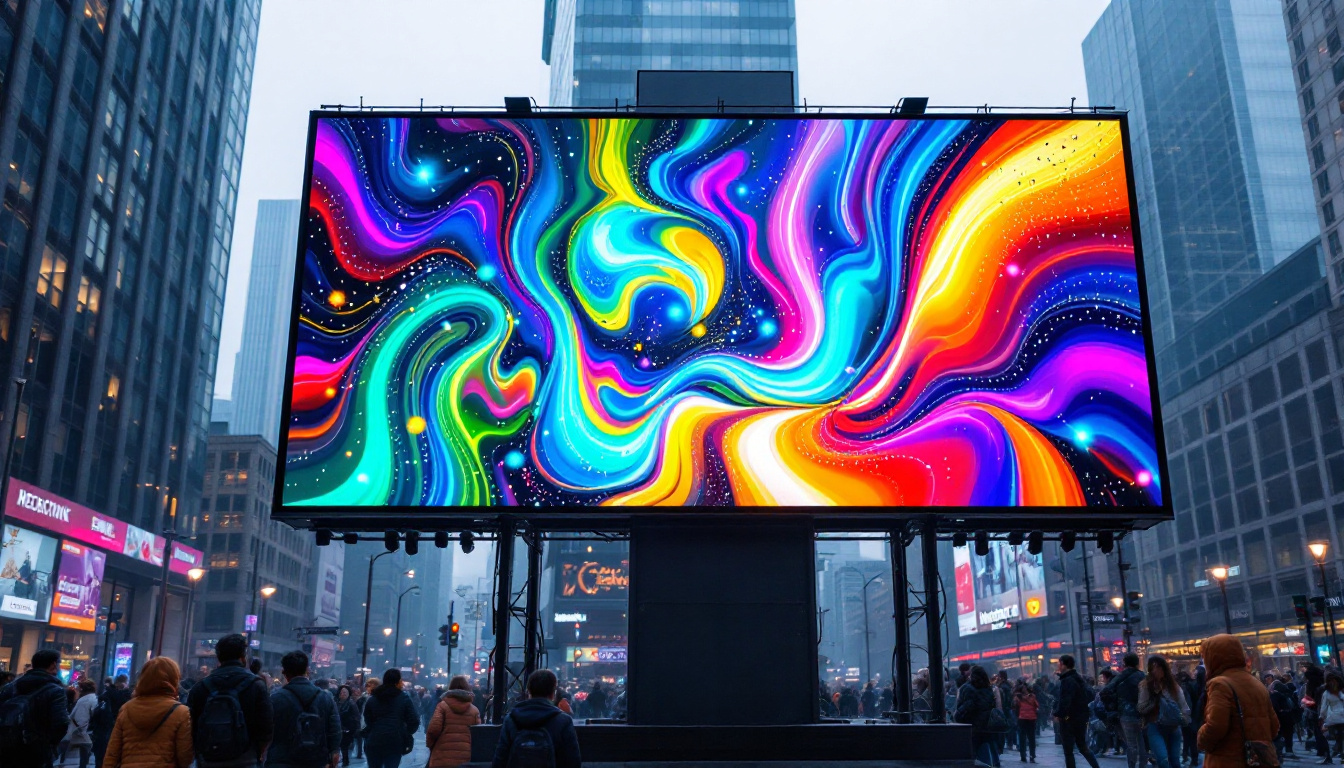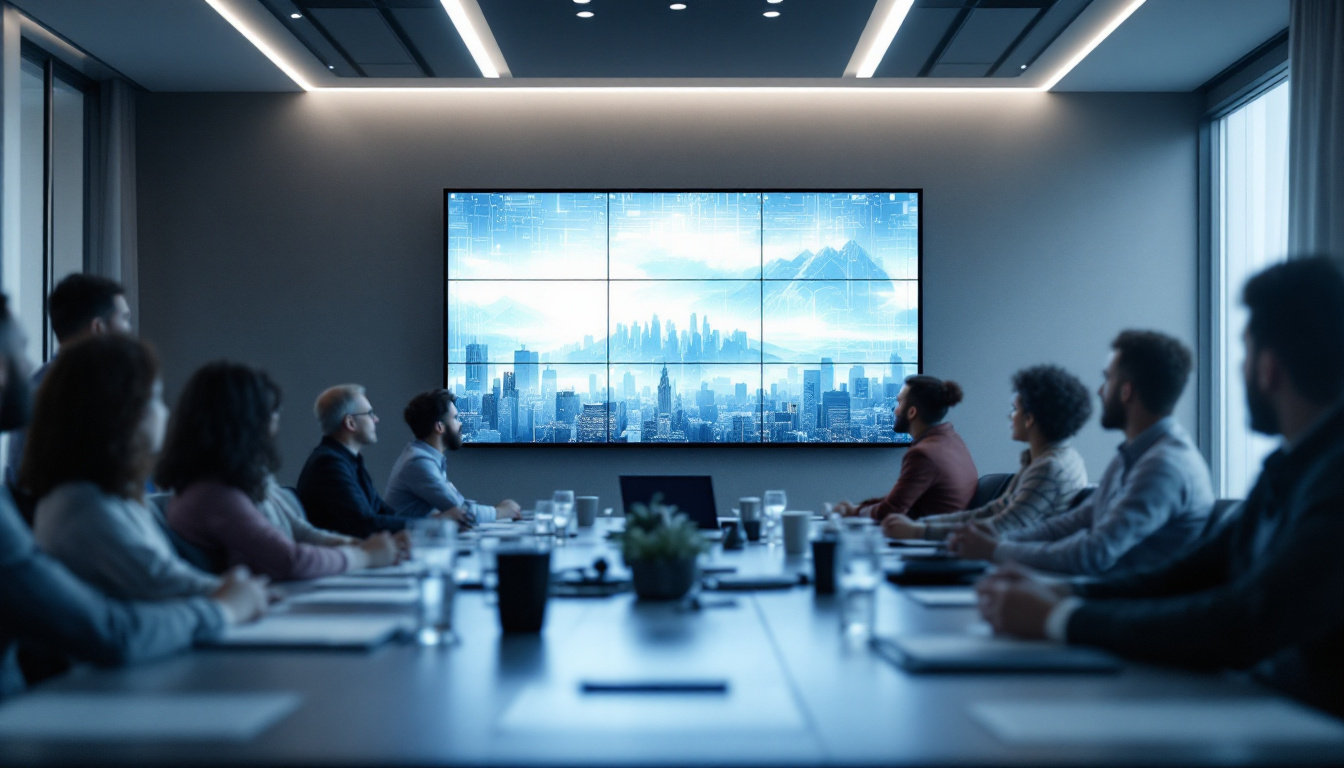In recent years, LED displays have become an integral part of modern visual communication. From advertising billboards to large-scale event screens, the versatility and vibrancy of LED technology have transformed how information is presented. This article delves into the intricacies of LED displays, with a particular focus on their evolution in China, a leading player in the global LED market.
Understanding LED Technology
LED, or Light Emitting Diode, is a semiconductor device that emits light when an electric current passes through it. This technology is not only energy-efficient but also offers a longer lifespan compared to traditional lighting methods. The fundamental principle behind LED technology is electroluminescence, where electrons recombine with holes within the device, releasing energy in the form of photons. This process is what allows LEDs to produce light without generating excessive heat, making them a safer and more sustainable option for various applications.
In addition to their energy efficiency, LEDs are highly versatile and can be engineered to emit light in a wide range of colors without the need for filters. This is achieved by altering the materials used in the semiconductor structure. As a result, LEDs have found their way into numerous applications, from household lighting to intricate displays in theaters and concert venues. Furthermore, advancements in LED technology have led to the development of smart lighting systems that can be controlled remotely, allowing users to adjust brightness and color temperature to suit their needs.
The Components of LED Displays
LED displays are composed of several key components, each playing a crucial role in the overall functionality of the display. These components include:
- LED Modules: The basic building blocks of an LED display, modules are made up of multiple LEDs arranged in a grid format. Each module can be independently controlled to create dynamic images and videos. This modular design allows for easy maintenance and scalability, as damaged modules can be replaced without affecting the entire display.
- Control Systems: These systems manage the input signals and ensure that the correct information is displayed on the screen. They can be either hardware-based or software-based, depending on the complexity of the display. Advanced control systems also allow for real-time content updates and synchronization across multiple displays, enhancing the overall viewing experience.
- Power Supply: A reliable power supply is essential for maintaining the brightness and performance of LED displays. It converts AC power to the appropriate DC voltage required by the LEDs. Additionally, power supplies often include features such as surge protection and voltage regulation to ensure consistent performance even in fluctuating electrical conditions.
Types of LED Displays
LED displays come in various forms, each designed for specific applications. The most common types include:
- Indoor LED Displays: These displays are designed for use in enclosed spaces, such as shopping malls and conference rooms. They typically have a higher pixel density, providing sharper images and better color reproduction. Indoor displays are often used for advertising, presentations, and entertainment, where clarity and detail are paramount.
- Outdoor LED Displays: Built to withstand harsh weather conditions, outdoor displays are larger and more robust. They are often used for advertising and public announcements, featuring lower pixel density but higher brightness levels. These displays are engineered to resist water, dust, and extreme temperatures, ensuring reliable operation in all environments.
- Transparent LED Displays: A relatively new innovation, transparent LED displays allow for visibility through the screen while still showcasing content. This technology is gaining popularity in retail environments and architectural applications. By blending seamlessly into their surroundings, transparent displays can enhance the aesthetic appeal of a space while providing interactive advertising opportunities.
Another emerging type of LED display is the flexible LED screen, which can be bent or shaped to fit various surfaces. This flexibility opens up new possibilities for creative installations, allowing designers to create eye-catching displays that can conform to the contours of buildings or products. As technology continues to evolve, the potential applications for LED displays are expanding, paving the way for even more innovative uses in the future.
The Evolution of LED Displays in China
China has emerged as a global leader in the LED display industry, driven by rapid technological advancements and a burgeoning demand for high-quality visual solutions. The country has invested heavily in research and development, resulting in innovative products that cater to various sectors.
Market Growth and Trends
The LED display market in China has witnessed exponential growth over the past decade. Factors contributing to this growth include:
- Increased Demand for Digital Advertising: As businesses shift towards digital marketing, the need for eye-catching displays has surged. LED technology offers vibrant colors and high visibility, making it an ideal choice for outdoor advertising.
- Technological Advancements: Continuous improvements in LED technology have led to higher resolution displays, lower power consumption, and enhanced durability. These advancements have made LED displays more accessible and appealing to a broader audience.
- Government Support: The Chinese government has implemented favorable policies and incentives to promote the development of the LED industry, further boosting its growth.
Key Players in the Chinese LED Market
Several companies have played a pivotal role in establishing China’s dominance in the LED display sector. These companies are known for their innovative products and extensive market reach:
- Leyard: A leading manufacturer of LED displays, Leyard is renowned for its high-quality products and cutting-edge technology. The company has a strong presence in both domestic and international markets.
- Unilumin: Specializing in LED displays for various applications, Unilumin has gained recognition for its commitment to research and development, resulting in a diverse product range.
- Absen: Known for its outdoor LED displays, Absen has established itself as a major player in the global market, providing solutions for events, advertising, and broadcasting.
Applications of LED Displays
LED displays are utilized across a wide range of industries, showcasing their versatility and effectiveness. Some of the most common applications include:
Advertising and Marketing
One of the most prominent uses of LED displays is in advertising. Businesses leverage these displays to capture attention and convey messages effectively. The dynamic nature of LED technology allows for eye-catching animations and videos, making them ideal for high-traffic areas.
Events and Entertainment
In the entertainment industry, LED displays are essential for concerts, festivals, and sporting events. They provide vibrant visuals that enhance the audience experience, ensuring that every detail is visible, even from a distance. The flexibility of LED technology allows for creative stage designs and immersive environments.
Transportation and Public Information
LED displays are widely used in transportation hubs such as airports and train stations for displaying real-time information. They provide travelers with updates on arrivals, departures, and delays, enhancing the overall efficiency of transportation systems. Additionally, LED screens are employed in public spaces for announcements and emergency alerts, ensuring that crucial information reaches the public promptly.
Advantages of LED Displays
The popularity of LED displays can be attributed to several advantages they offer over traditional display technologies. These benefits include:
Energy Efficiency
LED displays consume significantly less power compared to other display technologies, such as LCD and plasma screens. This energy efficiency not only reduces operational costs but also minimizes the environmental impact, making LED displays a sustainable choice for businesses.
Longevity and Durability
LED displays boast a longer lifespan, often exceeding 100,000 hours of operation. This durability reduces the need for frequent replacements, resulting in lower maintenance costs and less waste. Additionally, LED displays are resistant to shock and vibration, making them suitable for various environments.
High Brightness and Contrast
LED technology provides superior brightness levels, ensuring visibility even in direct sunlight. The high contrast ratios enhance the clarity of images and videos, making them more engaging for viewers. This quality is particularly beneficial for outdoor applications where visibility is paramount.
Challenges Facing the LED Display Industry
Despite the numerous advantages, the LED display industry faces several challenges that could impact its growth and development. Addressing these challenges is crucial for maintaining the momentum of the industry.
Market Saturation
As the demand for LED displays continues to rise, the market has become increasingly saturated with various manufacturers and products. This saturation can lead to intense competition, driving prices down and potentially affecting profit margins for companies.
Technological Obsolescence
The rapid pace of technological advancements poses a challenge for manufacturers. Companies must continually innovate and upgrade their products to stay relevant in a competitive landscape. Failure to do so may result in obsolescence and loss of market share.
Environmental Concerns
While LED displays are generally more energy-efficient than traditional displays, the production and disposal of electronic components can have environmental repercussions. Manufacturers must adopt sustainable practices to mitigate these concerns and ensure that their products are environmentally friendly.
The Future of LED Displays in China
The future of LED displays in China looks promising, with ongoing advancements and increasing applications across various sectors. As technology continues to evolve, several trends are likely to shape the industry:
Integration with Smart Technologies
The integration of LED displays with smart technologies, such as IoT (Internet of Things) and AI (Artificial Intelligence), is expected to revolutionize the industry. Smart LED displays can gather data, analyze viewer behavior, and deliver personalized content, enhancing the overall user experience.
Focus on Sustainability
As environmental concerns become more pressing, manufacturers are likely to prioritize sustainability in their production processes. This focus could lead to the development of eco-friendly LED displays that minimize waste and energy consumption, aligning with global sustainability goals.
Expansion into Emerging Markets
With the growing demand for digital solutions in emerging markets, Chinese LED manufacturers are well-positioned to expand their reach. By offering cost-effective and innovative products, these companies can tap into new opportunities and drive further growth in the industry.
Conclusion
LED displays have transformed the landscape of visual communication, offering vibrant, energy-efficient, and versatile solutions for various applications. China’s leadership in the LED display market, driven by technological advancements and a commitment to innovation, has set the stage for continued growth and development. As the industry evolves, addressing challenges and embracing new trends will be crucial for maintaining momentum and ensuring a sustainable future for LED technology.
Discover the Future of Visual Communication with LumenMatrix
As you’ve seen, LED displays are reshaping the way we connect and communicate. Embrace the future with LumenMatrix, a pioneer in LED display technology, offering a vast array of solutions from Indoor and Outdoor LED Wall Displays to innovative LED Transparent Displays. Whether you’re looking to enhance your brand’s visibility, create immersive environments, or deliver dynamic content, LumenMatrix is committed to revolutionizing visual experiences. Check out LumenMatrix LED Display Solutions today and see how we can help you make a lasting impression in the world of digital signage.

